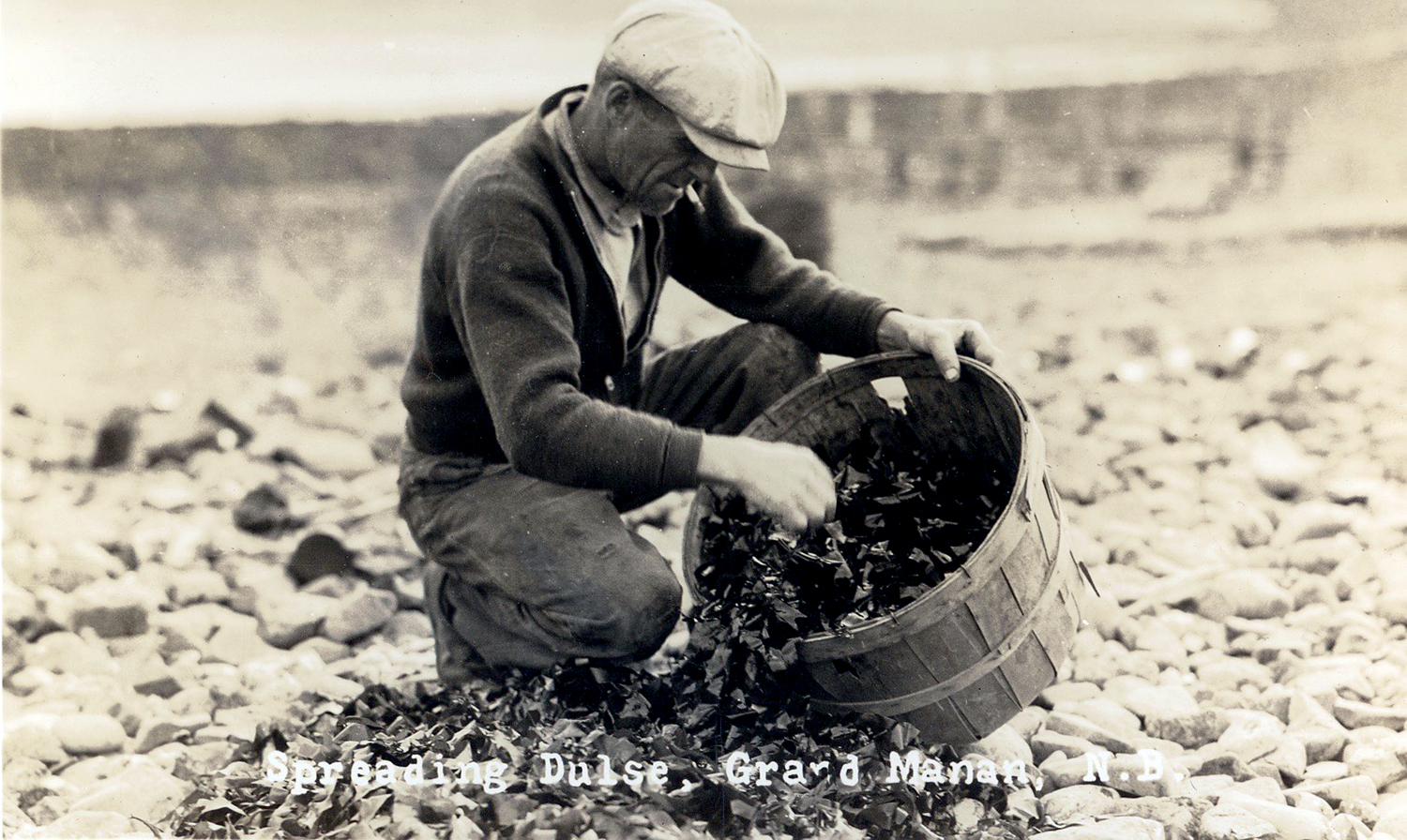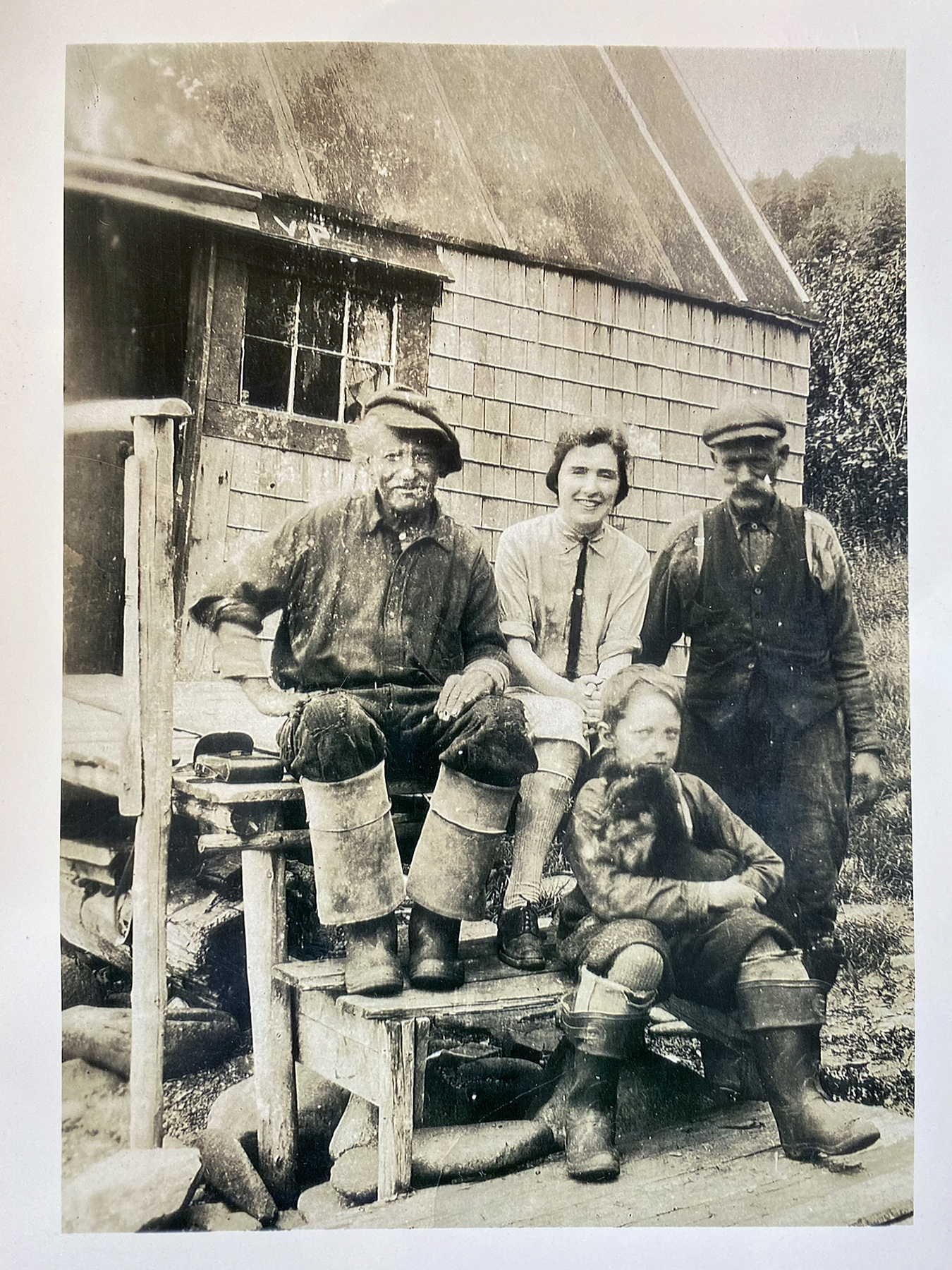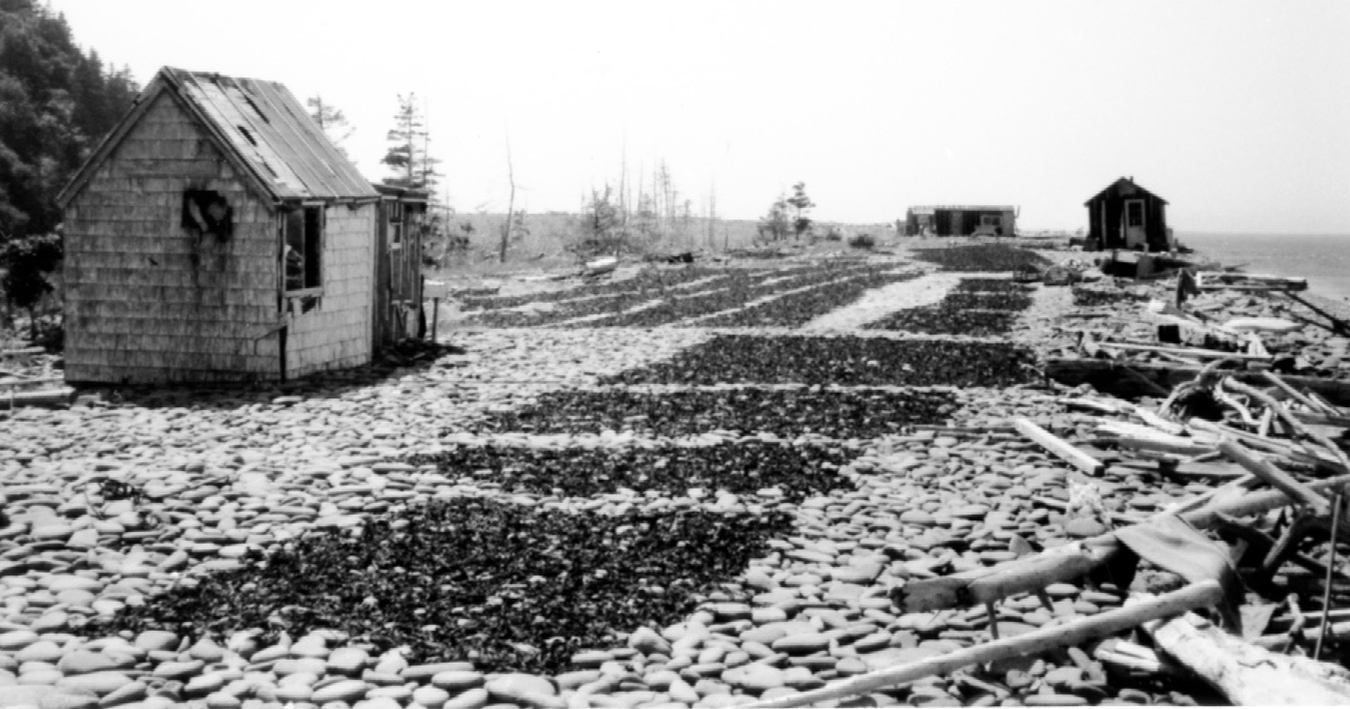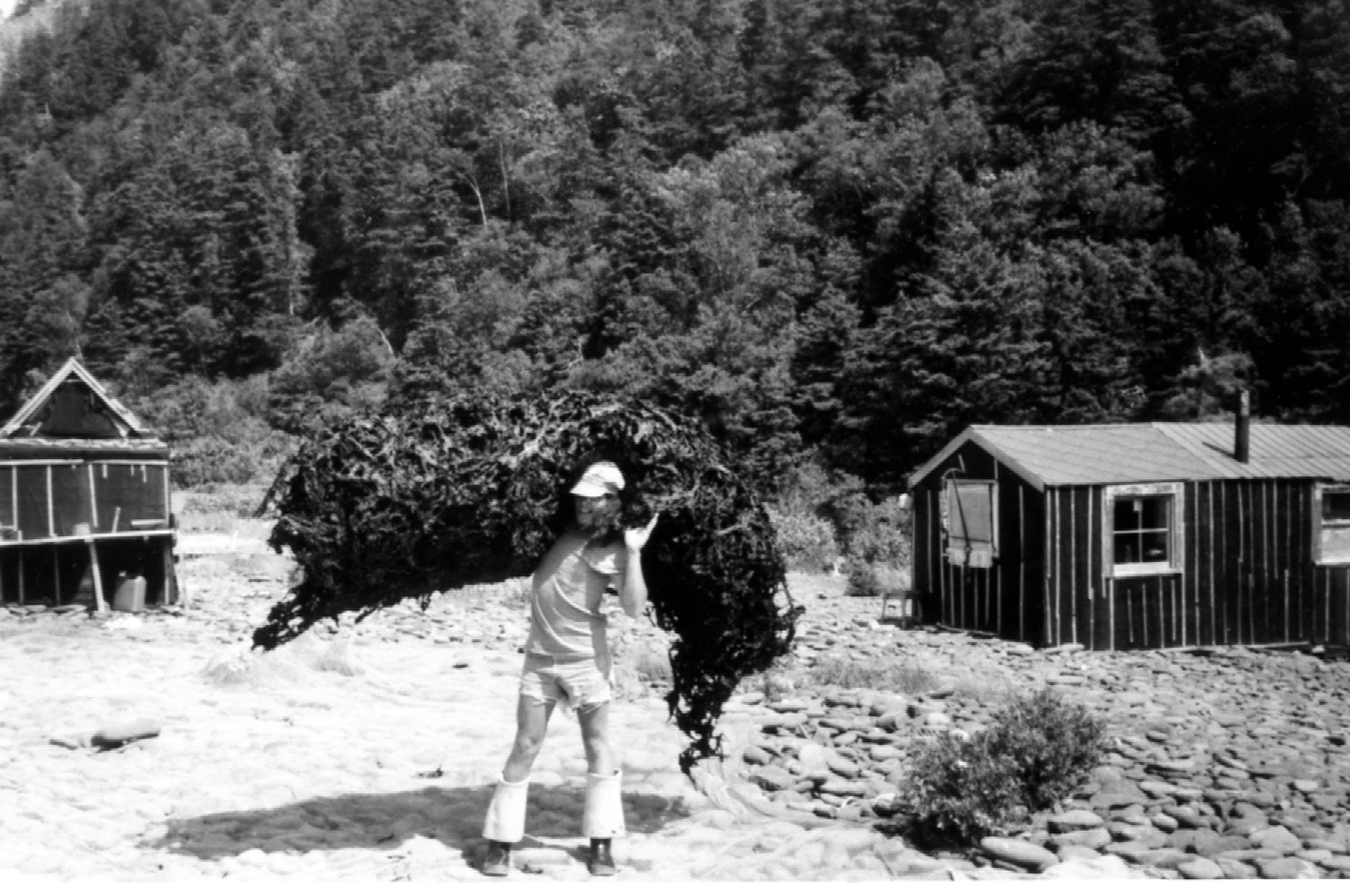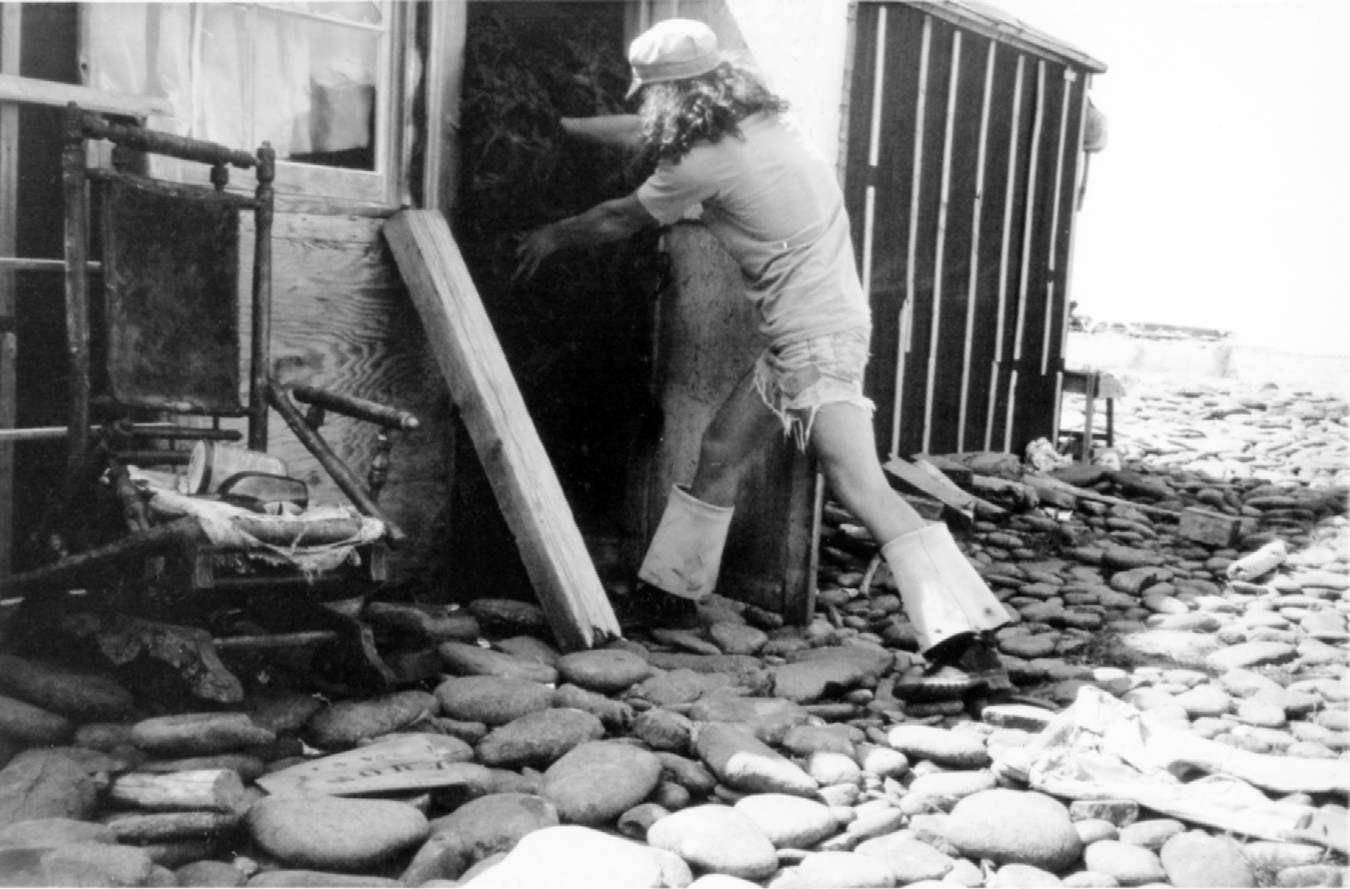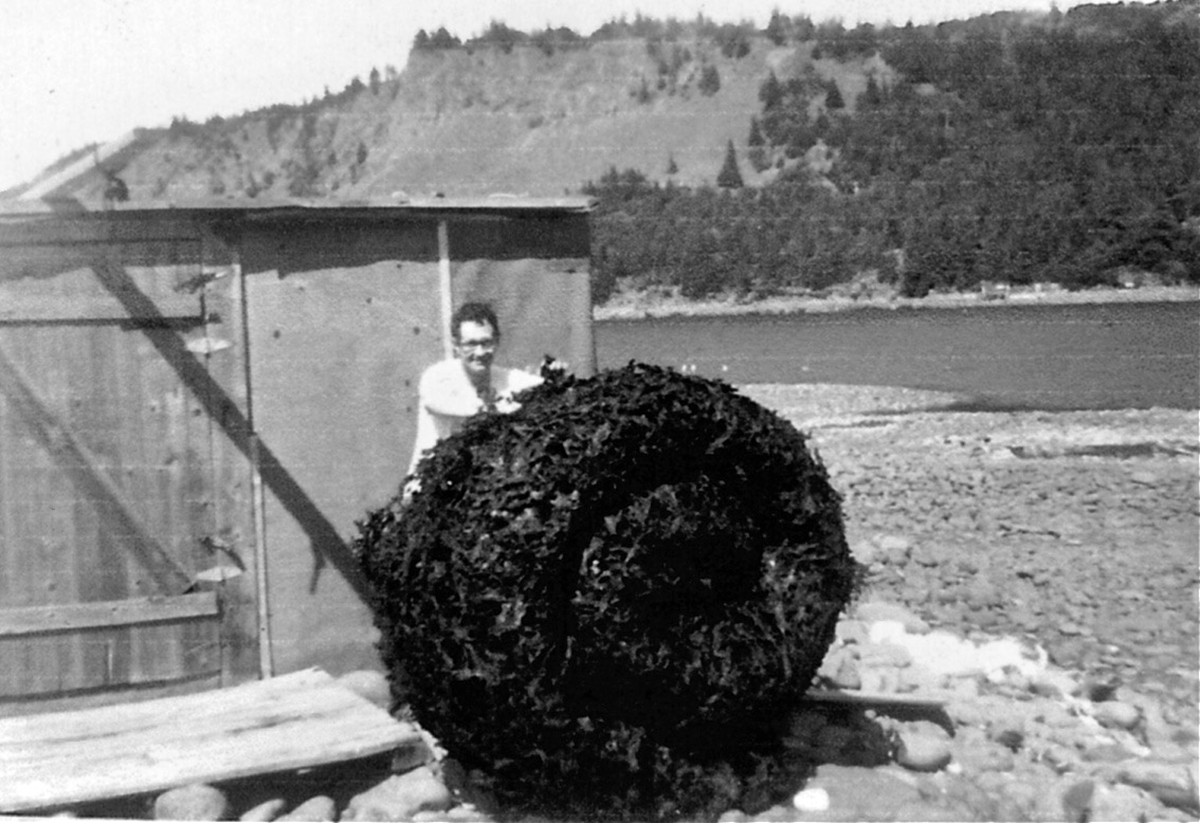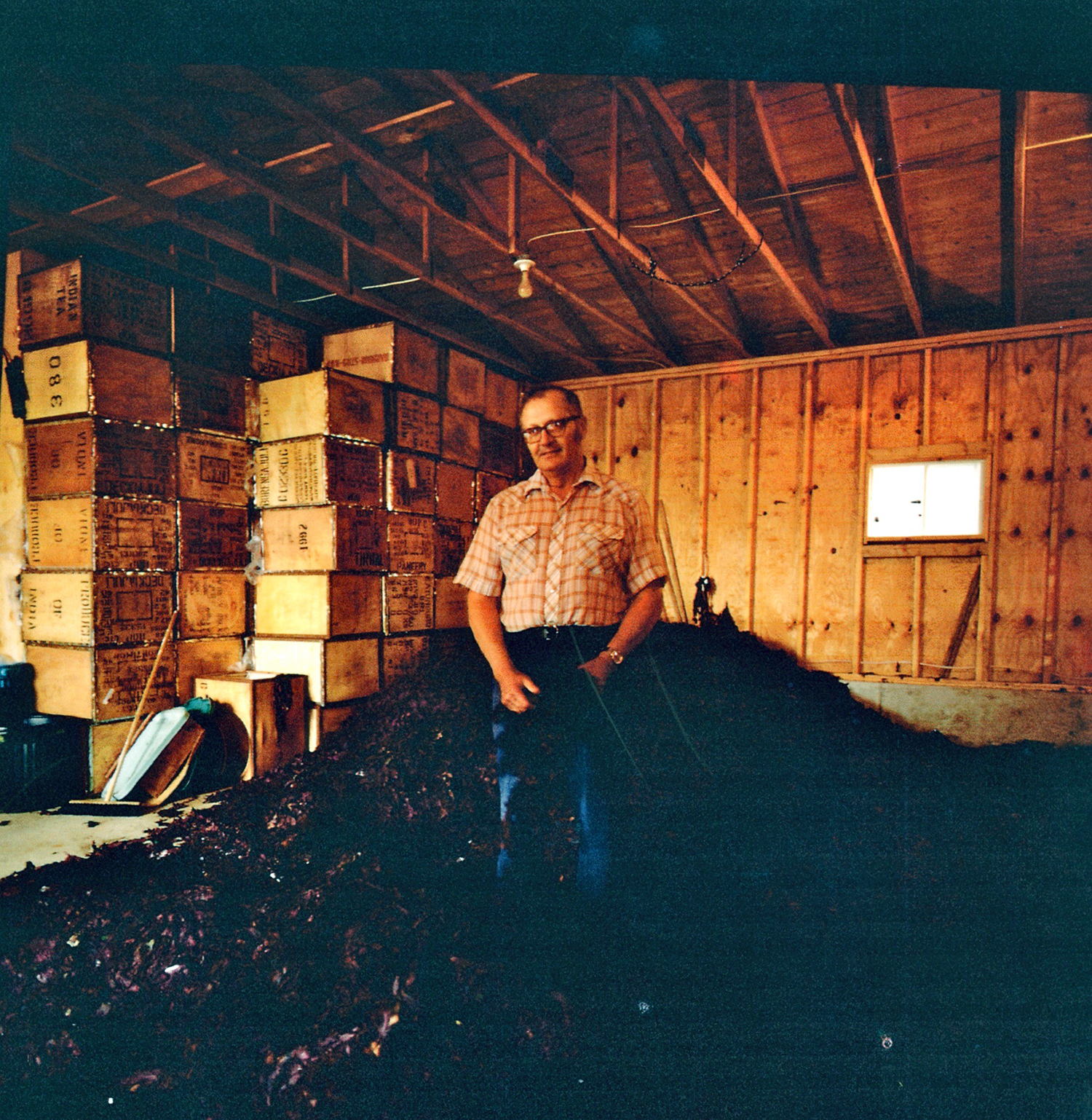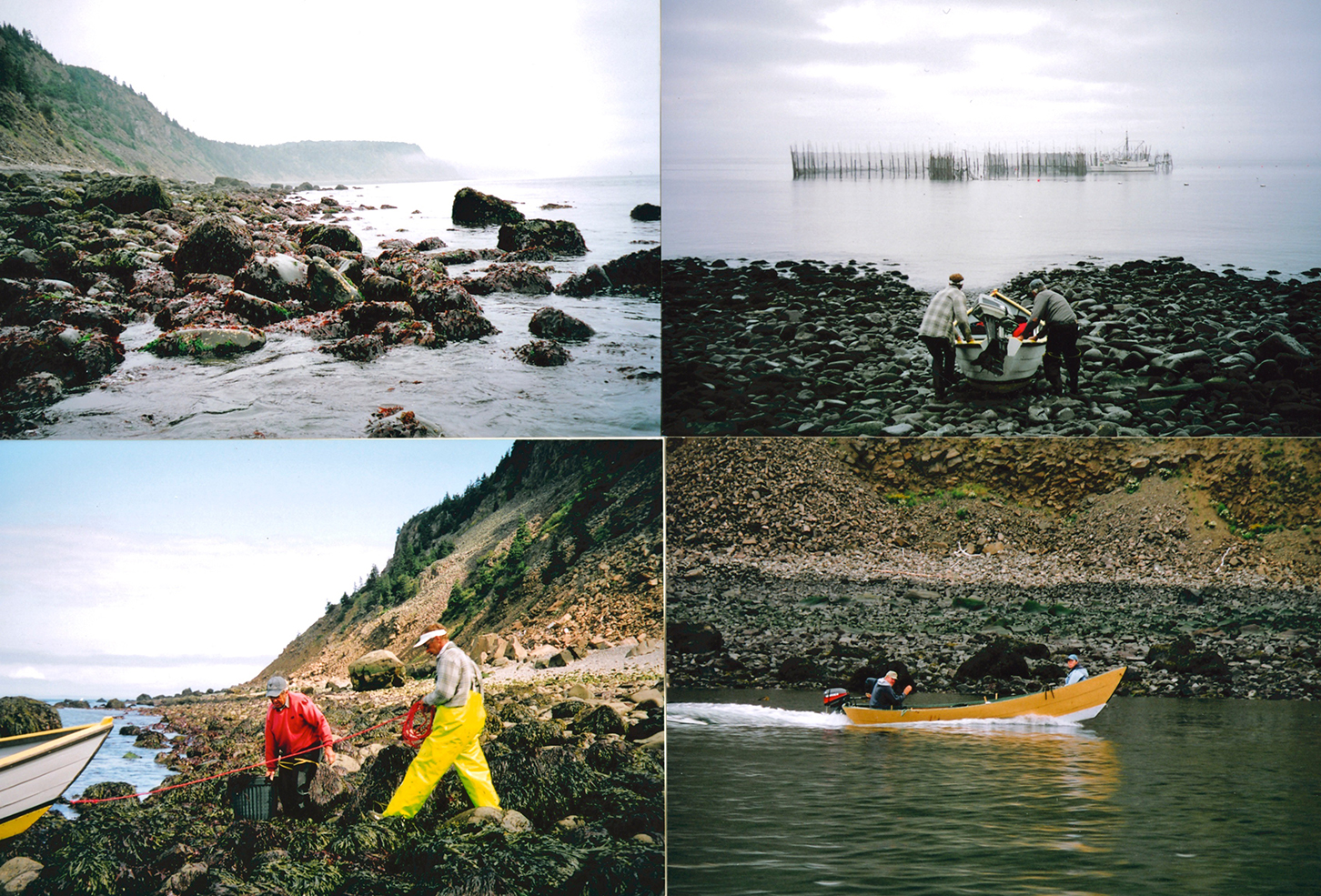DULSING ON GRAND MANAN
A Brief History of Dulse & Grand Manan’s First Harvester
The history of man’s use of dulse dates back to ancient times in northern Europe, where it was used for human consumption, as well as for livestock fodder.
Dulse is only one of about seven different sea vegetables harvested today in the cold, clean waters around Grand Manan. It was first harvested as a commercial crop on Grand Manan when James MacDonald moved to Dark Harbour in 1875 and became involved with dulsing because fish were scarce. He and his men picked the dulse, which grows in the lower section of the inter-tidal zone, and dried it on the seawall beach rocks above the high tide mark.
The unusual taste and texture of dulse, as well as its high nutritional value, have assured a ready market which has expanded yearly since James MacDonald’s first efforts over 135 years ago. Grand Manan dulse is now considered world-class quality, and Dark Harbour dulse grows the best island dulse. Today there are a number of thriving sea vegetable businesses exporting dulse and other seaweeds, such as nori and sea lettuce, to world markets.
On display:
Tea Chests from Africa used to export dried dulse; black ash baskets made by the Passamaquoddy Indians to carry harvested dulse; shipping boxes used by past dulse business exporters; and twine used on spreading grounds
Dulse canning machine, license plates, samples of sea vegetables, locally produced dulse and beauty products made with dulse
Historic photos of dulsing, a few major dulsing families and businesses, and the Dark Harbour Seawall
Dulse recipe booklet, nutritional information and analysis of dulse; dulse facts and stories of individual businesses and families
Magazine & Newspaper articles on the Grand Manan Dulse Industry from Canadian Geographic, Harrowsmith, and others.


